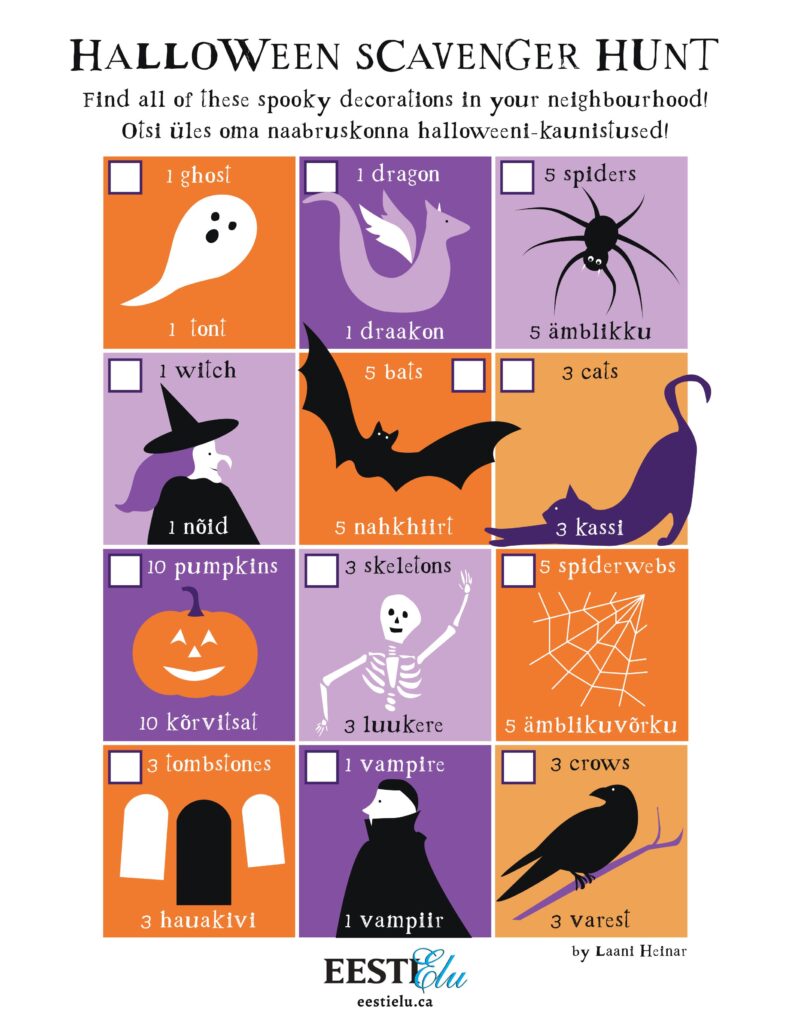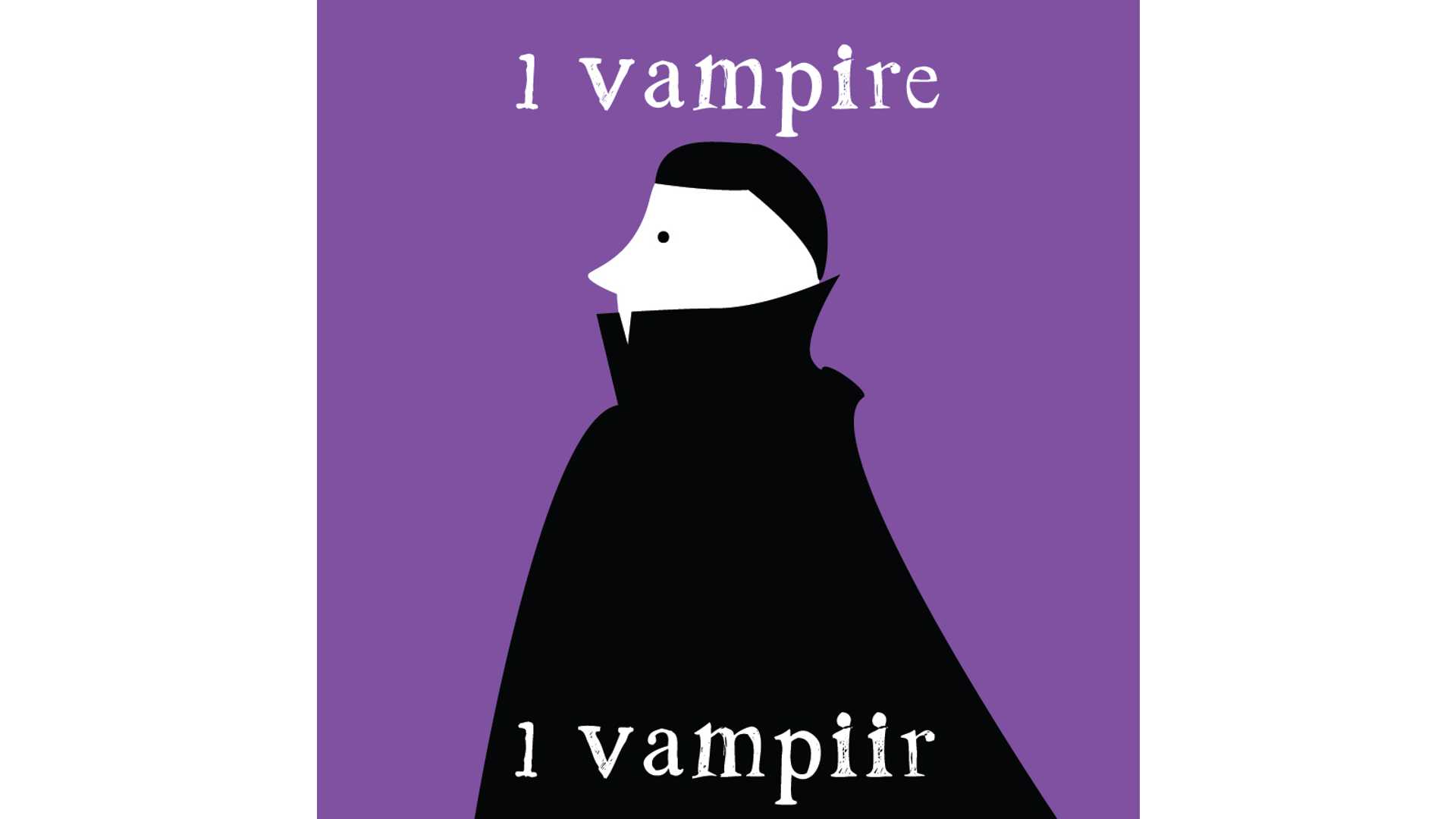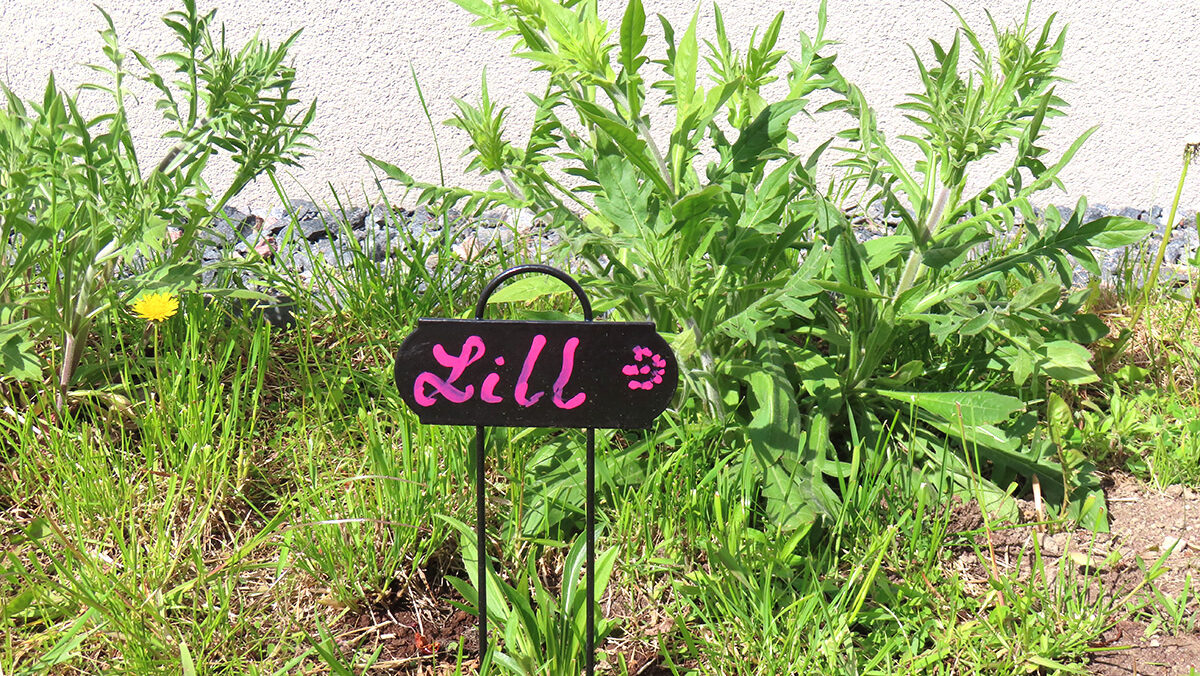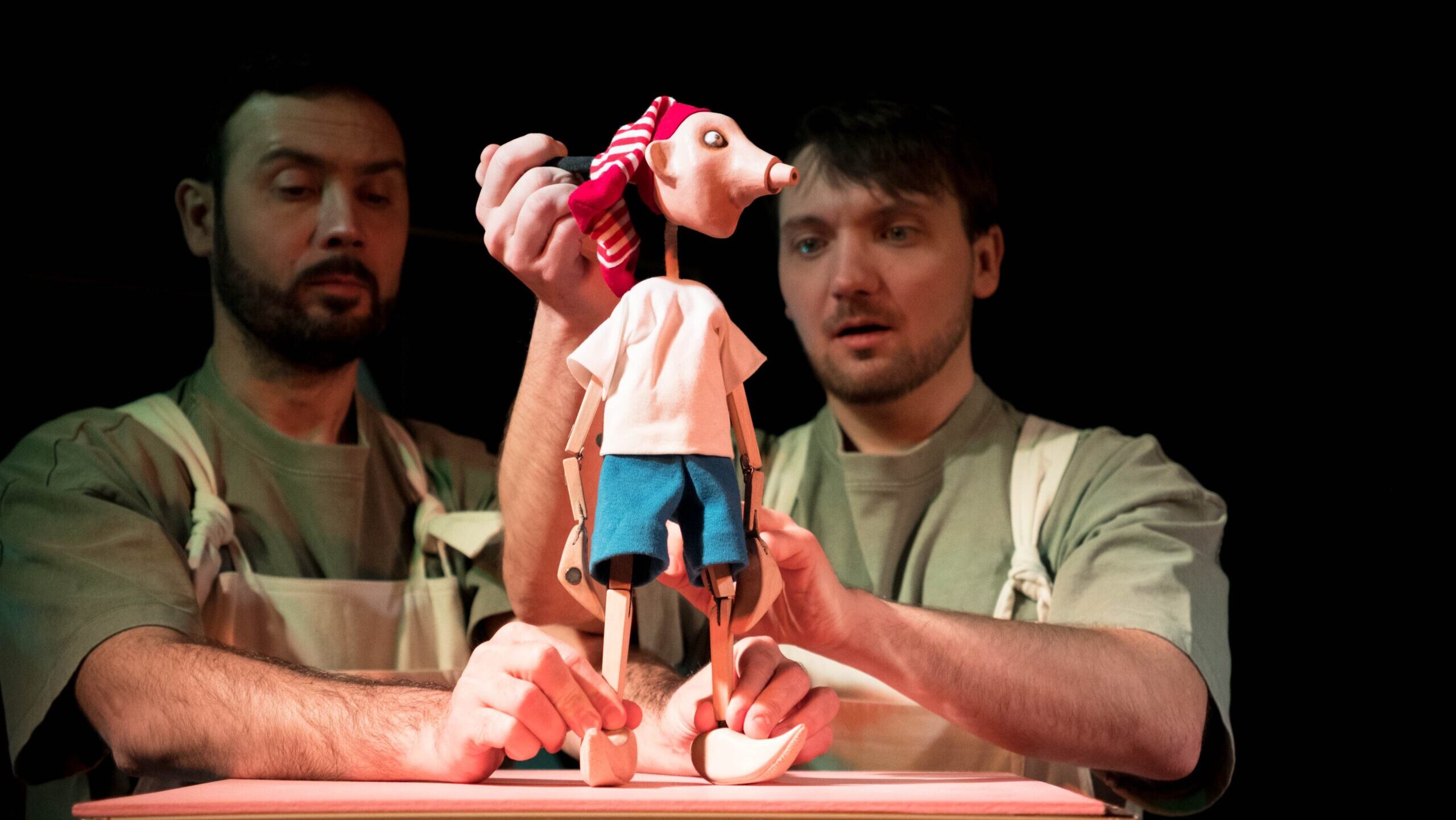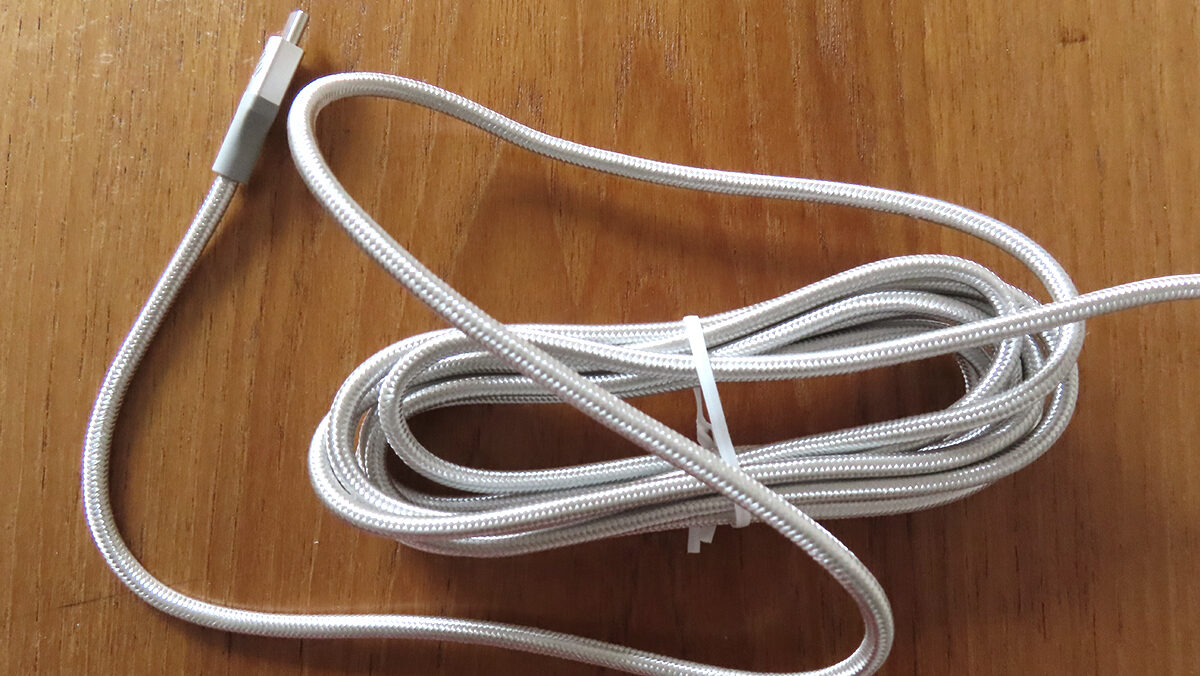No, there wasn't turkey, sofa hibernation, and football—there was Kadripäev!
Though this holiday was arguably celebrated before any saint was associated with it, the day is named after Saint Catherine. Every year on the 25th of November, Estonian kids dress up as Kadrisandid. They wear head scarves and white shawls that symbolize the snow of the approaching winter. Similar to what happens on Halloween or the Gaelic festival of Samhain on October 31st, houses are visited to collect edible gifts. Wool may be given, too, reflecting the traditional role assigned to women in taking care of sheep on farms. To guide the ritual, a kadriema (“Kadri mother”) is selected.
So on the night of the 25th, we all drove around Tallinn in the dark of the evening, visiting friends of our relatives at various houses and apartment blocks. On their doorsteps, all of the kids would wrap themselves up in their white shawls and scarves and sing, repeating each line twice:
;,; Laske Kadrid sisse tulla, Katri-Katri ;,;
;,; Kadri küüned külmetavad, Katri-Katri ;,;
;,; Kadri varbad valutavad, Katri-Katri ;,;
;,; Kadrid tulnud kaugelt maalta, Katri-Katri. ;,;
It's a song that's effectively asking to be let inside because it's cold. These lyrics (from lastega.ee, where you can also hear the melody) represent just one song that could be sung as participants visit people's homes.
Not long before that is Mardipäev, on November 11th. In reference to the equivalent German holiday of St. Martin's Day, Martin is referred to by the Kaiserlautern American newspaper as a “friend of the children and patron of the poor.” In contrast to Kadripäev, Mardipäev connects more to the conclusion of the harvest period and hingedeaeg, the Time of Souls, when ancestral spirits were greeted (mentioned in a previous issue of Estonian Life). Mardipäev looks ahead to the next spring when growing would start again.
Just like kids dress up as Kadri, they also dress up as Martin, wearing baggy coats, hats, and fake beards. Alternatively, animal masks may be made and worn. A Mardiisa (“Mardi father”)is chosen here to lead the activities.
The celebration includes cracking jokes and singing this song (lyrics found at miksike.ee), a variation of the Kadrilaul above, with the same melody:
;,; Laske Mardid sisse tulla, Marti-Marti ;,;
;,; Mardi küüned külmetavad, Marti-Marti ;,;
;,; Mardi varbad valutavad, Marti-Marti ;,;
;,; Mardid tulnud kaugelt maalta, Marti-Marti ;,;
;,; Ümbert see ilma ilusa, Marti-Marti ;,;
;,; Kaugelt see kuu kõvera, Marti-Marti ;,;
;,; Tagant taeva tähtesida, Marti-Marti ;,;
Visitors may greet and wish well for the upcoming spring for the household they visit, then ask for money and food, and thank them for the gifts they receive. Similar to the concept of “trick or treat, smell my feet, give me something good to eat”, if visitors are not given gifts or let inside, then the visitors might curse the home. It seems that every individual has their own version of how you can greet your neighbours, hand candles back and forth, dance at the door, and so on. One might even request a cooked goose! Halloween isn't the only time you can pester your neighbours…
Why not put an interactive, Estonian spin on trick-or-treating? In addition to going door-to-door, you can do your own neighbourhood scavenger hunt! Scurry around your local area and look for as many specific types of decorations as you can: bats, cats, crows, dragons, ghosts, pumpkins, skeletons, spiders, spiderwebs, tombstones, vampires, and witches.
To help practice Estonian vocabulary and to make it even easier to scavenge, we've created a printable scavenger hunt sheet with drawings and Estonian words for each type of decoration, which you can find here on the Eesti Elu website. When your family group finds several of each decoration type, they'll all get a piece of candy from the family candy pot.
Then, when you get home, everybody can sing one or both of these Mardipäev/Kadripäev songs on your doorstep, to round out the end of the night. In the spirit of Mardipäev, you can also pour all of your candy onto the floor to bring about an abundant spring ahead.
Let's make the most this holiday and draw from some fun Estonian traditions!
This article was written by Vincent Teetsov as part of the Local Journalism Initiative.
